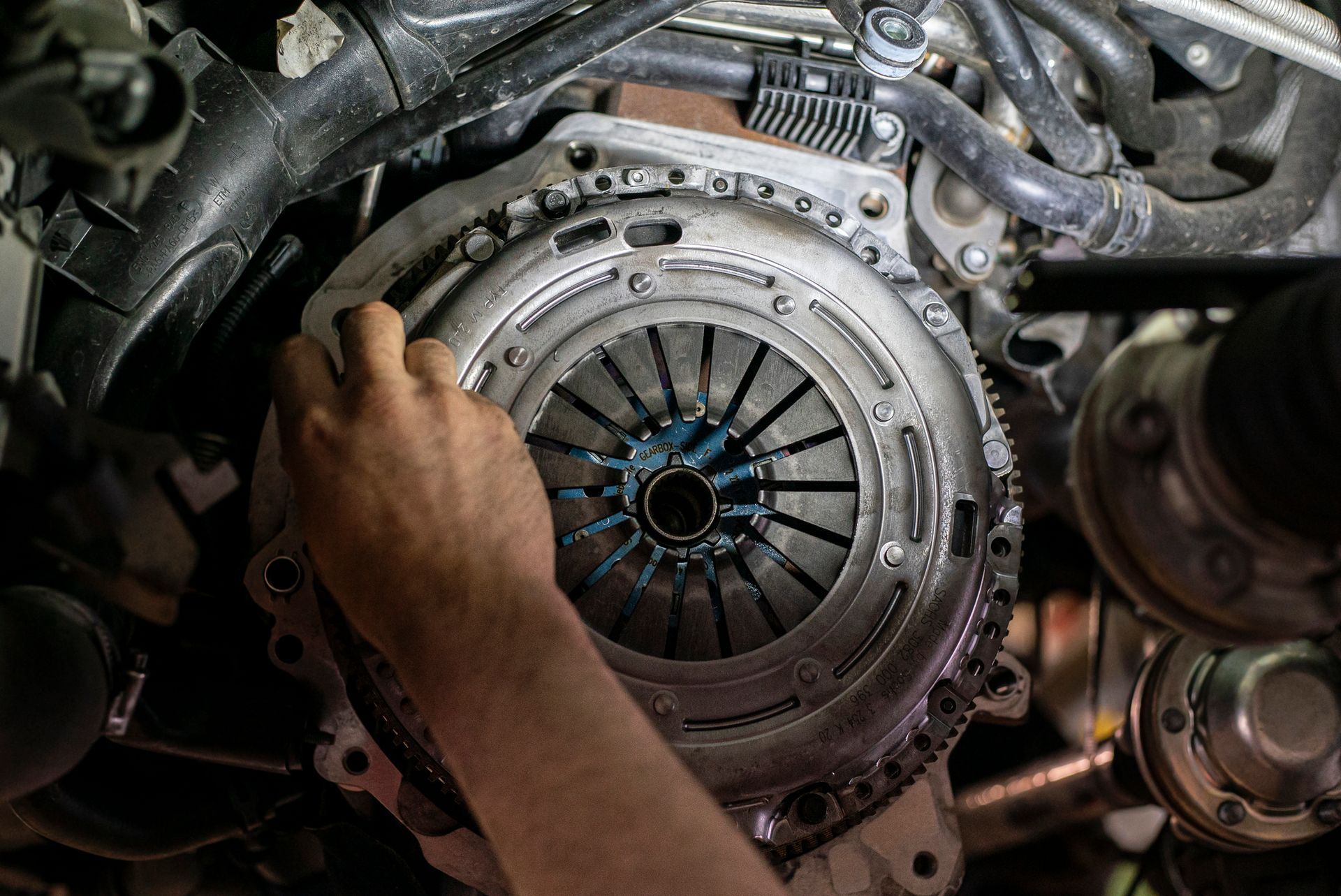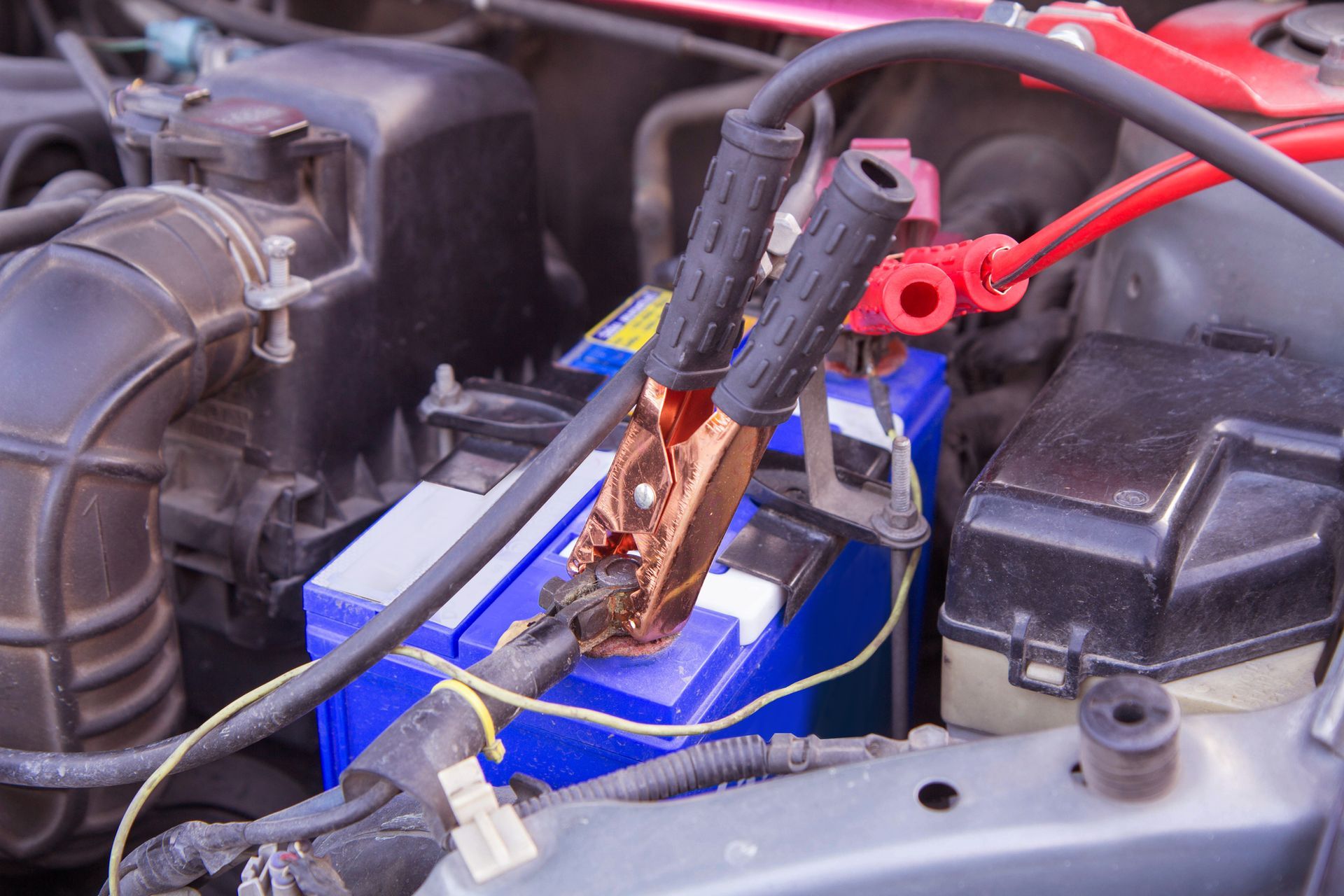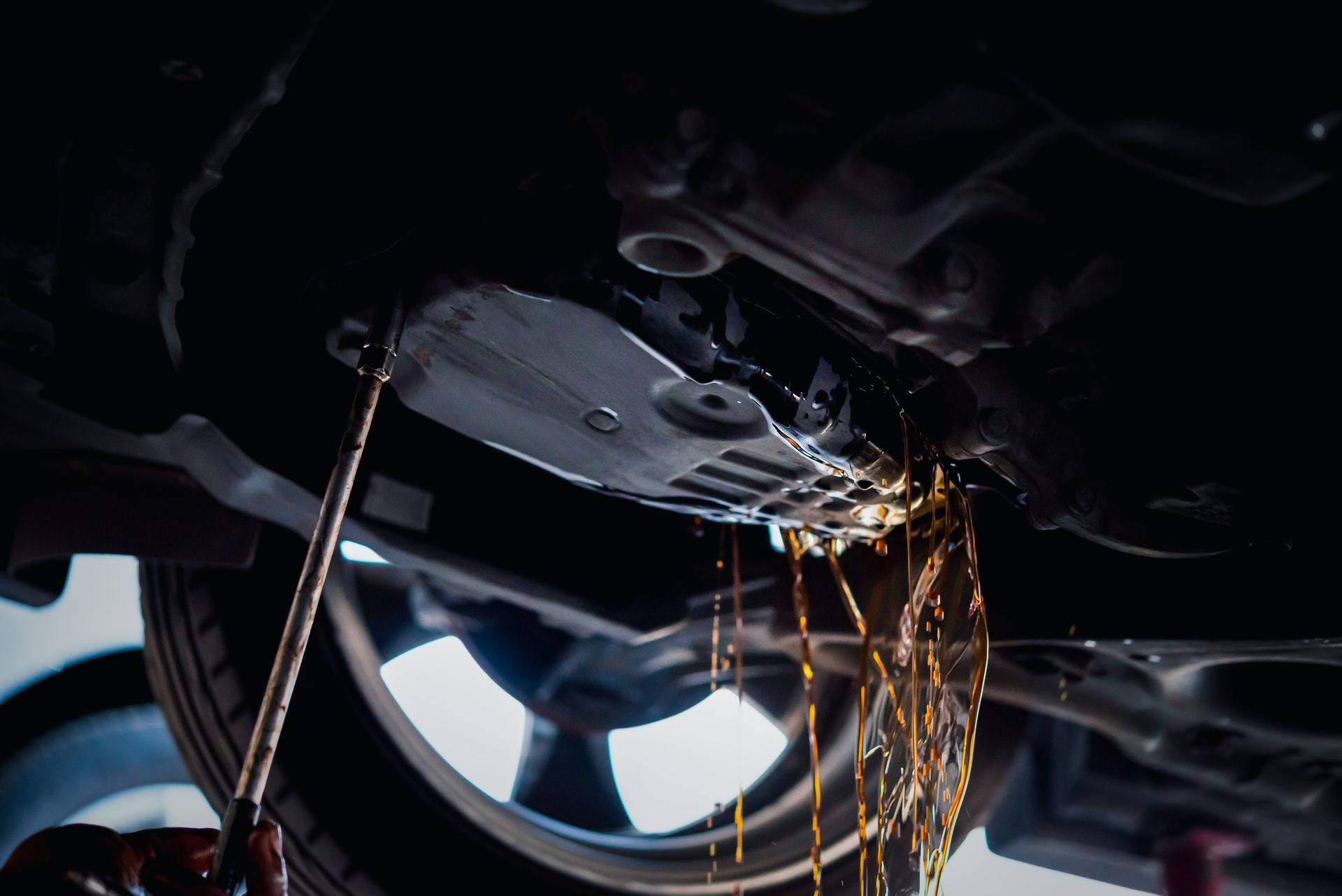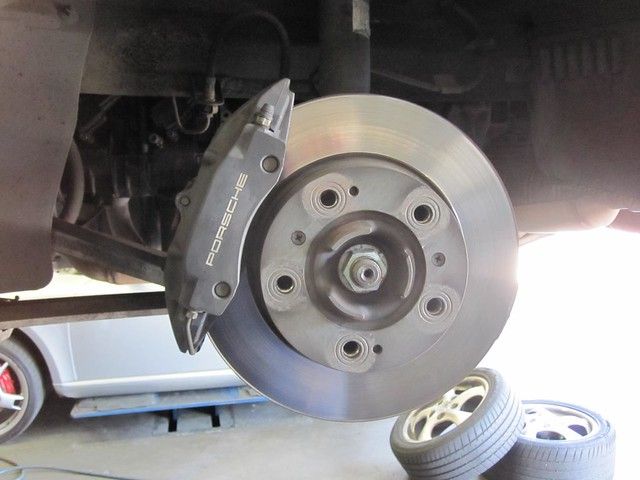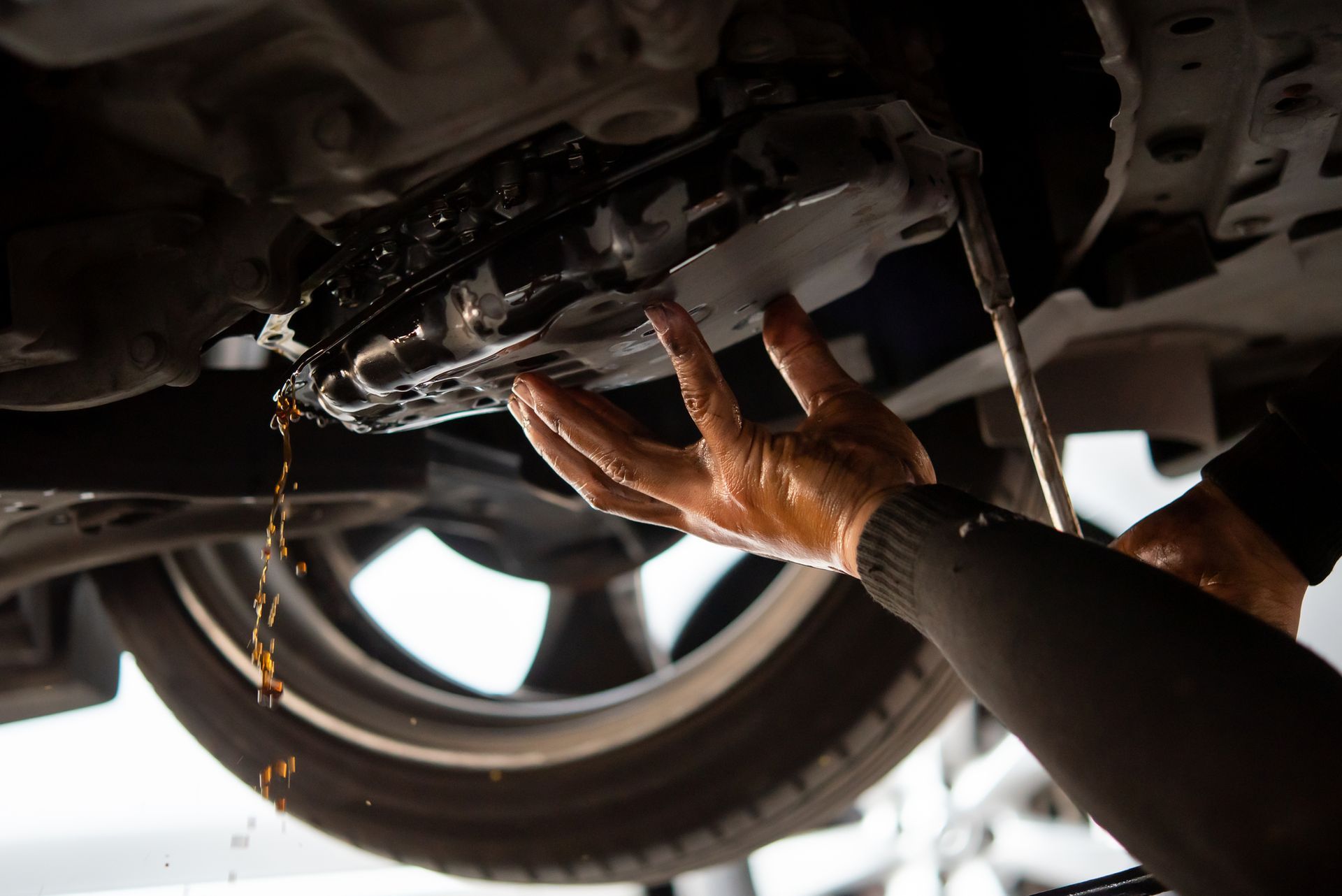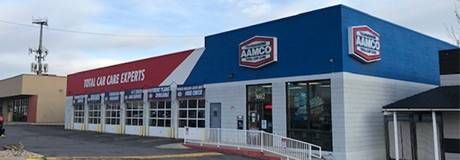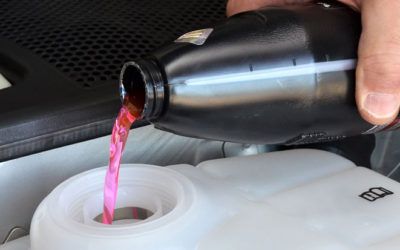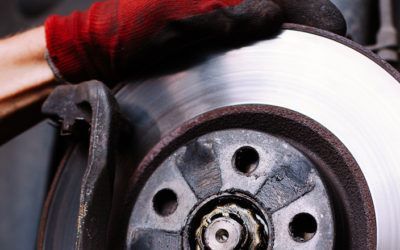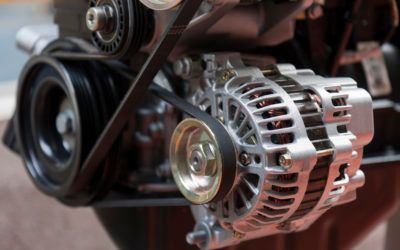Got drips? The most common cause of fluid drips under your car is engine oil but it’s also possible you could have a coolant leak. If you check the level of your coolant, you may find that there’s less than there should be. Your car’s cooling system is closed, meaning...
read moreEverything You Need To Know About CVT Transmissions
Are you shopping for a new vehicle? In case you are, you’ve probably come across the term CVT transmission. You have probably wondered what that term means, and if it was something you should get or avoid. Fortunately for you, we have made this guide to help you make a well-informed decision about CVT transmission vehicles.
Related: Hybrid Transmission Repair Maintenance
Related: What Is A Torque Converter?
Related: Maintaining Your Transmission
Related: Transmission Repair Services
So, what is CVT?
CVT stands for continuously variable transmission, which is quite different from the typical automatic transmission system you know. A standard automatic transmission system features a series of gears that work by transmitting power to the engine and finally to the wheels of the vehicle. A CVT system, on the other hand, doesn’t feature any gears; instead, it has a system of pulleys of variable width that connect to a belt.
One of its pulleys is attached to the engine, and the other to the vehicle’s wheels. Since the width is variable, it changes based on how much power the vehicle requires, hence the term continuous variable transmission. The main difference is that the CVT doesn’t come with ring, sun and planet gears, its gear ratios gain through a system of pulleys and belts.
Ideally, it’s a modified version of the standard automatic transmission, with the main advantage being fuel economy. If anything, the CVT fares a lot better compared to a manual transmission when it comes to fuel economy.
How does the CVT work?
For decades, having three or four gears was considered enough for vehicle transmission systems. The very first automatic vehicles had two-speed levels. Currently, having eight, nine or even ten gears are becoming commonplace. So, what’s all the hype towards more gears?
Generally speaking, the more gears a vehicle has, the better it can optimize engine speed in a variety of driving conditions. Meaning its low gears can offer better acceleration whole its higher gears work for fuel economy. What this does is help the manufacturers attain government efficiency standards providing improved economy for vehicle owners.
The CVTs are quite different from the standard automatics, and the main difference is that they don’t have gears that offer the steps between low and high-speed operations. Instead, a majority of them work through a pair of variable diameters, cone-shaped pulleys that are connected by a steel or composite belt.
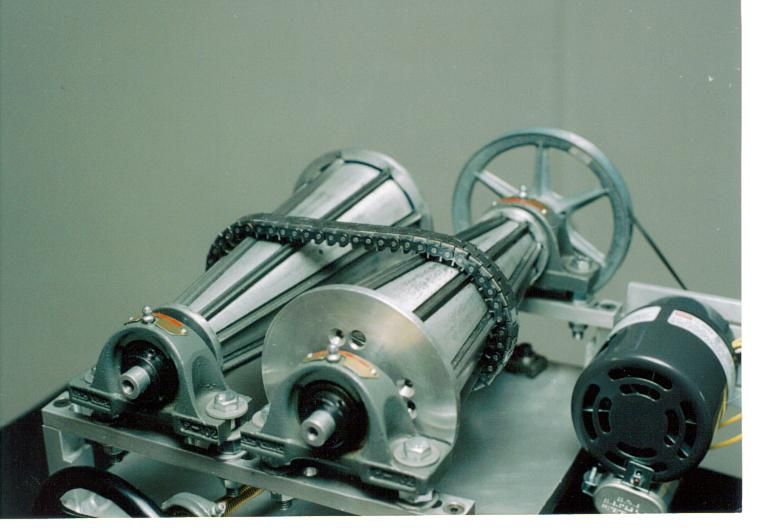
While there are several variations of the CVT concept, in most road-going vehicles, each half of the pulley is aligned to the pointed end of the cones touching. It forms a V-shaped groove where the belt runs. One end of the pulley, is fixed, while the other end is movable, and stimulated by a hydraulic cylinder. The cylinder works by increasing or decreasing the space between the two sides of the pulley, allowing the belt to ride lower or higher along the walls of the pulley( depending on the driving conditions as well as changing gear ratios in the process).
The step-less nature of the CVT is what gives it its biggest advantage when it comes to automotive engineering. It’s due to this advantage that the CVT works to keep the engine in its ideal power range , and in effect, increasing fuel mileage and efficiency by offering an infinite number of smooth transitions from low to high. It’s due to its infinite variability nature that, according to the EPA, helps boost the vehicle’s fuel economy by about 6 percent.
What are the Benefits of the CVTs?
The main advantage of a CVT transmission is the unparalleled efficiency it offers. Vehicles that come with CVT transmissions are the most efficient offering economies reaching up to 38MPG on mid-sized sedans. Currently, most hybrids use the CVT to help them achieve optimum fuel economy.
On steep inclines, traditional automatic transmissions will struggle under heavy load; the CVTs, on the other hand, will immediately find their exact ratios and provide power seamlessly without shifting. The seamless shifts are also advantageous when it comes to in-cabin ride experience offering smooth rides with hardly any noticeable shift changes.
What are the Disadvantages of CVTs?
While the CVT offers an unrivaled fuel economy, it comes with a cost that needs consideration. Replacing a CVT transmission costs roughly between $3,000 and $5,000 or higher. The CVTs won’t last nearly as long as the standard automatic transmissions, and it’s not surprising if they fail to run for more than 100K miles or less.
Additionally, when they fail, nine times out of ten they will need replacing and not repair. The main reason being, replacement parts are very expensive and almost impossible to locate, and in the event, they fail, the damage is extensive, repairing is not an option.
Another disadvantage of the CVT is that they fail to withstand the kind of horsepower, manuals or automatic transmissions can hold. It’s due to this reason that CVT systems are not ideal for performance situations.
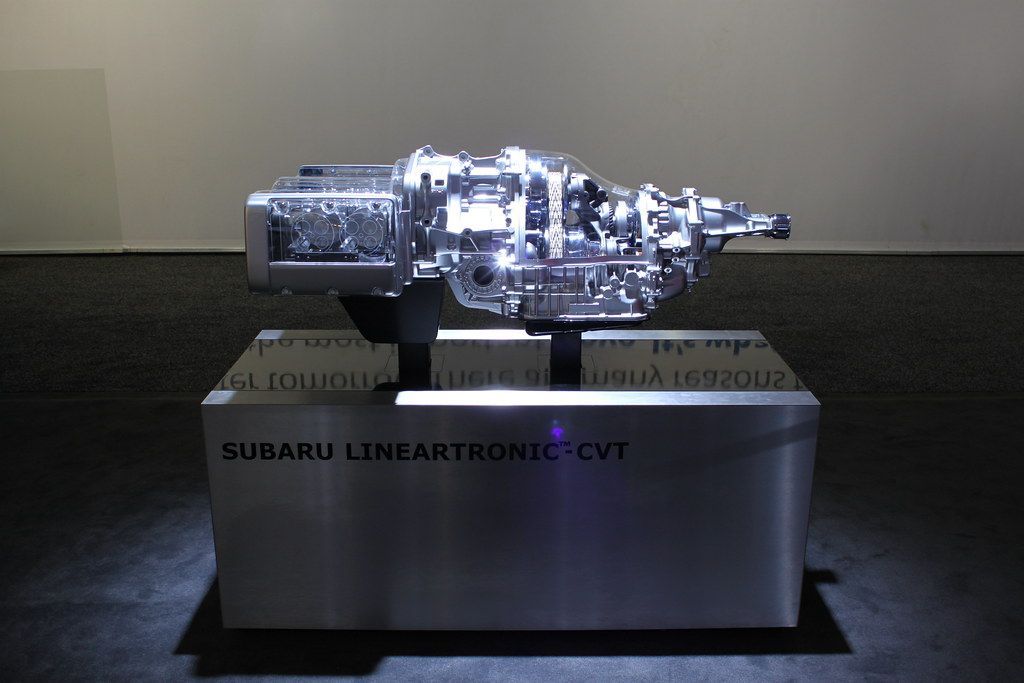
Are CVTs better than Traditional Automatic Transmissions?
Ultimately, getting a CVT is up to you- but AAMCO Utah recommends that you drive a CVT transmission vehicle before you buy one.
AAMCO Utah CVT Services
Are you having problems with your transmission? Are you experiencing any jerking, slippage, or sudden loss of acceleration? If you suspect your vehicle is having transmission issues or requires CVT transmission repair, drive into your local AAMCO Utah location and let our Utah mechanics perform a full transmission diagnosis and checkup.
AAMCO Utah is the leading transmission repair service in Utah and specializes in Transmission Repair and Maintenance. We also offer a wide range of auto repair services, including, Auto Tune-up Service, Suspension Service, and repair, Factory Recommended Service, Vehicle Air Conditioning Service, Battery Maintenance and Replacement, and many more.
Contact your local AAMCO Utah location for information about the services we offer. Your vehicle’s comfort is our business; call us today for a free quote.
Find your local AAMCO Utah
More from our Blog
My Brakes Feel Sticky – What Does This Mean?
Brakes suddenly feel like they stepped in some gum? It’s inconvenient when you’re walking – it’s even more inconvenient, and also unsafe, when it’s your brakes sticking. Sticky brakes can lead to some serious brake repairs, so it’s important to get them checked out...
read moreHow Often Should I Get an Oil Change?
The short answer – there’s no standard answer for when you should get an oil change. While there are general guidelines, it’s best to think about your car more specifically because there are a lot of factors that contribute to when you’ll need another oil change....
read more5 Essential Car Care Tasks for When the Weather Gets Cold
When the weather outside is frightful, the last thing you want is car trouble. Every time of the year comes with its own set of seasonal car care services you should check off your list to keep your car running well. As winter approaches, it’s a good idea to start...
read moreHelp! My Car Will Only Go in Reverse
You get in your car, start the engine, and shift into Drive – but your car will only back up. What’s the deal? Unfortunately, the culprit is most likely your transmission, meaning you could have a big car repair to deal with. Fortunately, the mechanics at AAMCO Utah...
read moreTop Three Ways Cold Weather Can Affect Your Car
Cold, harsh winter weather is hard on more than just your nose and fingers. Proper winter care takes into account what cold weather specifically does to different parts of your car. Winter roads are notoriously hard to drive on once snow and ice hit, so you want to be...
read moreIs My Alternator Failing? Signs to Watch Out For
Have you started noticing odd flickers and strange noises while driving your car? You’re not making it up and your alternator could be the culprit. Simply put, your alternator converts power from your crankshaft into electricity that helps power important systems in...
read moreBook an Appointment

Navigate our Blog
Recent Posts
The post Everything You Need To Know About CVT Transmissions first appeared on AAMCO Utah Transmission Repair and General Car Repair.
Share
